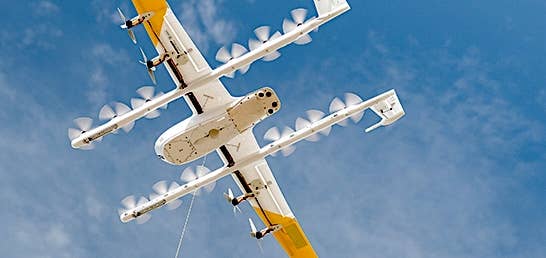ASTM Announces Standardization Impact Report
With so much being written about who should be responsible for approving unleaded aviation gasoline, ASTM International is front and center in the debate. With a mandate to establish standards…

With so much being written about who should be responsible for approving unleaded aviation gasoline, ASTM International is front and center in the debate. With a mandate to establish standards for diverse products and materials ranging from pesticides to baby carriages, Conshohocken, Pennsylvania-based ASTM International recently released a Standardization Impact Report, designed to provide a strategic overview of global innovation trends and how standards can and do play a part in supporting such trends in technology development.
The report will be released in sections, with the segment devoted to Emerging Airspace available now. Follow-on segments will be released in the coming months covering Health and Safety (July 2024), Advanced Manufacturing (September 2024), Built Environment and Infrastructure Systems (November 2024), and Clean Energy and Decarbonization Technology (First Quarter 2025).
In describing the report on Emerging Airspace, the ASTM summary says: “New sustainable transportation modes for travel and commerce are currently under development, such as electric vertical take-off and landing (eVTOL) vehicles, which are anticipated to allow rapid, zero-emission transport of passengers and goods. These developments are being complemented by the expansion of infrastructure to ensure the safe use of drones and passenger aircraft.”
ASTM describes its role in setting standards as “helping our world work better.” It aims to organize collaborative initiatives and technical committees to develop its recommended standards. The process consists of four pillars, ASTM writes, starting with early engagement to help ASTM serve as a participatory interface between science, technology research, and the market. “Robust participation of all the stakeholders [is] needed to allow alignment of technology and process goals.”
Next, ASTM works to leverage speed, collaborative expertise and ability among stakeholders, followed by global workforce development to prepare for interactions with the emerging technologies “and to champion the use of standards.”
Finally, ASTM reaches out to stakeholders to encourage participation. “By joining a technical committee or providing your input on standards, you can advance standards that make a meaningful impact on the future and help transform markets in support of a more sustainable world.”






